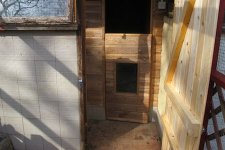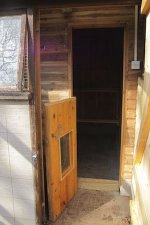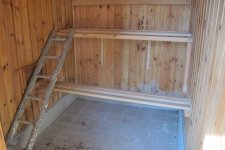RedBarnHens
New member
Could I have anyone's opinion on the use of Diatomaceous Earth? I have been doing my research over the last few months as to what I need for my journey into chicken keeping and keep finding conflicting ideas about its use. I have to say that most of the negative reports have come from USA sources, and seem to focus upon it's bad impact on the environment but I am still slightly confused :?



